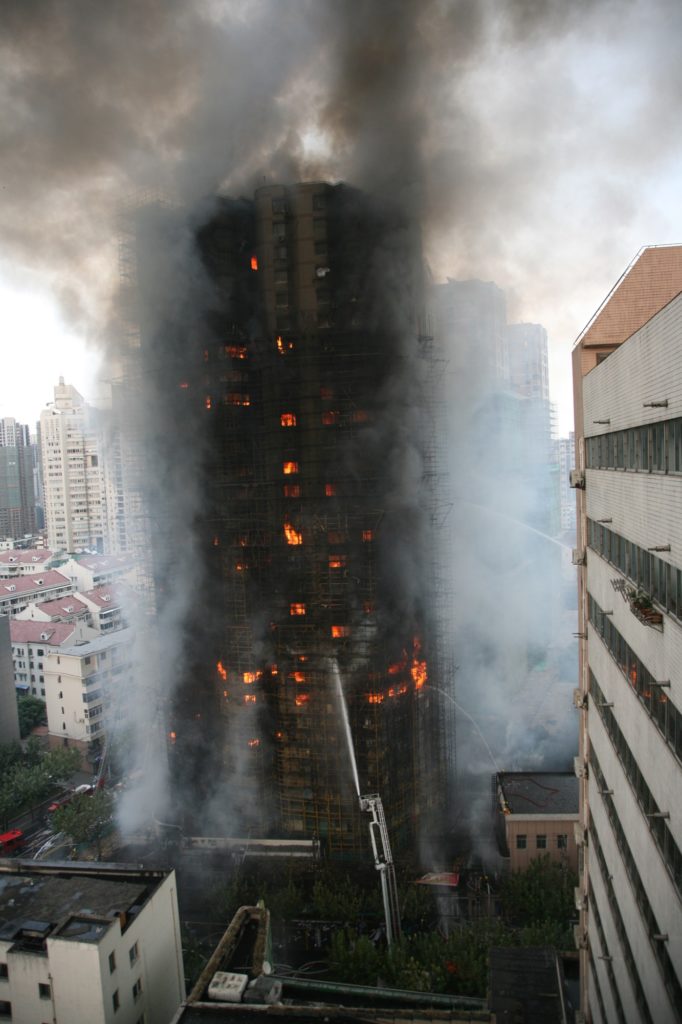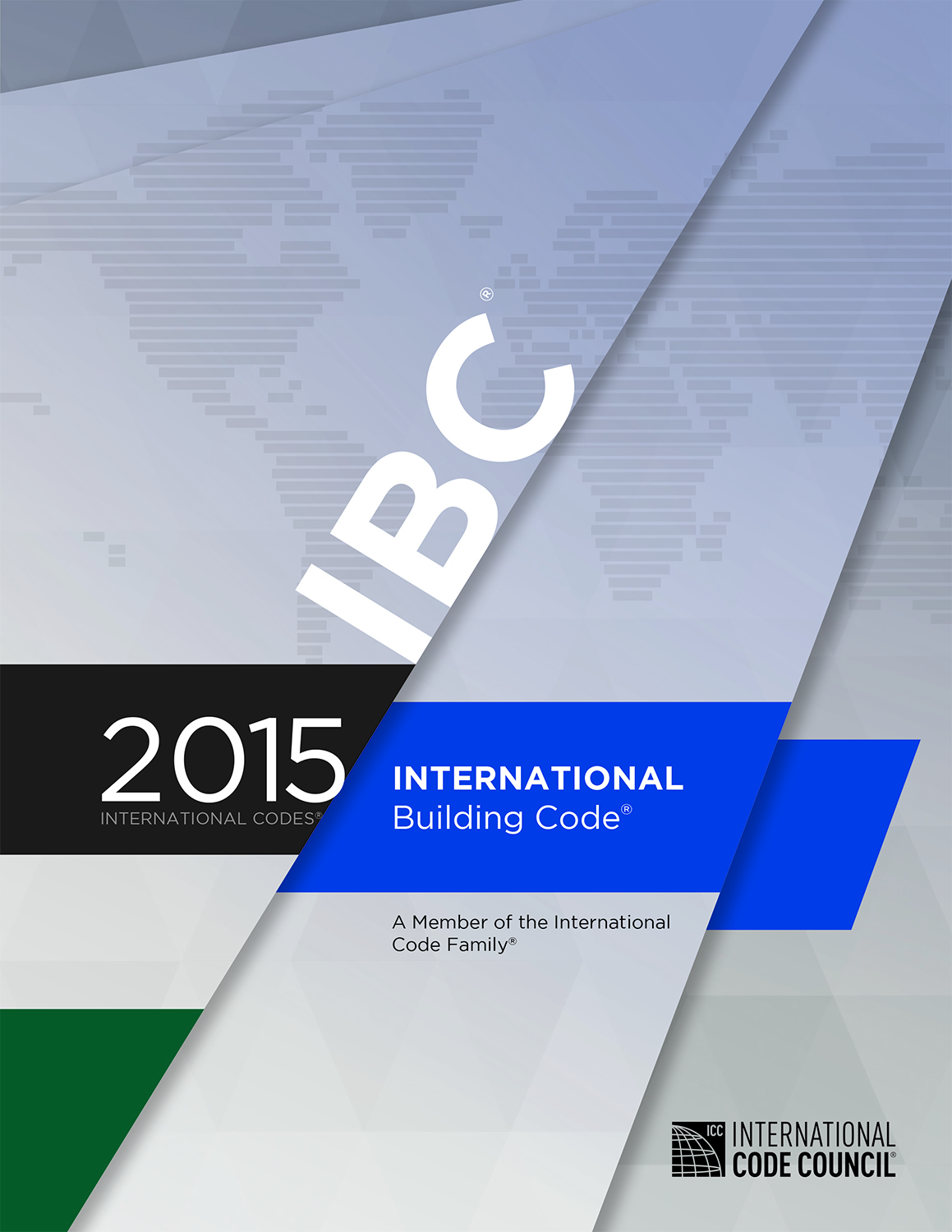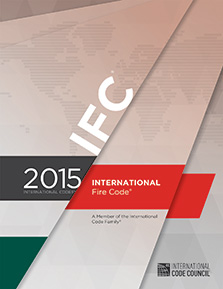Per the IBC and IFC, any high rise building over 75ft is required to implement a low location photo-luminescent emergency egress system except for apartment buildings. Between 2005 and 2009, an estimated 15,700 reported high-rise structure fires per year resulted in associated losses of 53 civilian deaths, 546 civilian injuries, and $235 million in direct property damage per year. An estimated 2.6% of all 2005-2009 reported structure fires were in high-rise buildings. According to reports, 4 property classes account for roughly half of high-rise fires: apartments, hotels, offices, and facilities that care for the sick. In these four property classes combined, there were 7,800 reported high-rise structure fires per year and associated losses of 30 civilian deaths, 352 civilian injuries, and $99 million in direct property damage per year.

The fraction of 2005-2009 high-rise fires that began on the 7th floor or higher was 32% for apartments, 22% for hotels, 39% for office buildings, and 21% for facilities that care for the sick. Most high-rise building fires begin on floors no higher than the 6th story. The risk of a fire starting on a lower level is great for all instances except offices where it is reports more fires start on the upper levels. The requirements of Photo-Luminescent Life safety evacuation systems do not apply to high rise apartment complex or R-2 facilities, yet an average of 12% more fires occur in apartment buildings than any other class of facility.
GBC Safety Glow wants to keep everyone safe by adding simple emergency egress components in every building. Your safety in a high rise apartment is just as important as those in a high rise office building. Isn’t it? Voice this concern to your local fire department. Stand up for safety in the place you live and be proactive to help make a change and save lives! Contact Us today to learn more!


